A month or two ago, I bought the heavy pedestal model of Marc Petijean's Swiss Master Vise. There were a few here who indicated an interest in hearing about how it functions.
Here is the vise with a size #12 hook in the jaws.
A closer look at the business end of the vise.
The little black washers (on either side of the vise arms) serve as material clips.
The vise comes in a zippered carrying case. The contents:
The weighted base...nice and heavy. It will remain steady during tying
The vise stem and vise head
A separate velcro case containing 5 tube mandrels for tube flies and an alignment tool
Written instructions of use as well as a DVD for viewing the instructions
The vise is designed to hold hooks from size 9/0 to #32
There is a groove in the jaws for the larger hooks
From directly above the jaws with the #12 hook in the jaws
The vise is an off-set true rotary vise. It is buttery smooth with ball bearings in the jaw housing as opposed to a plastic sleeve as is the case in many popular vises.
True rotary is achieved by adjusting either, or both, of the two pivot points. One is locoed just outside the jaw housing and the other at the bend below the location of the jaws themselves.
This picture shows the vise with the supplied alignment tool in place. The two pivot points are those with the rounded nut "heads" shown. The tension star wheel is the locking mechanism to "lock" the jaws in the position you have chosen. This locking star wheel locks both pivot points by tightening it. There is a small "tool" which can be used to apply extra force to provide an actual "lock" on both pivot points.
To use the tube fly mandrels, you simply reverse the vise in the base, remove the crank handle and replace it with one of the 5 supplied mandrels. You can use the vise jaws as the handle to rotate the mandrel.
The stem of the vise locks into the weighted base using the same little tool to turn the locking device at the base. The base has several "ports" or built-in pockets to hold beads or hooks while you are tying.
An interesting feature of the base of the vise is a thumb wheel leveling devise at one corner of the vise in case the tying table you might be using is not level itself.
My personal conclusions on the vise:
This is a quality made vise. Like a Swiss Watch, it is very well made and a beautifully finished fly tying tool. It reflects a great deal of thinning on the part of the designer Marc Petijean.
The jaws are positive locking jaws. One nice feature is that the jaws are spring loaded. To open the jaws, you squeeze the rear of the jaws to open the points of the jaws. This allows you to make sure you have your hook positioned properly before locking the jaws with the locking lever. If your hook is not quite aligned correctly, you simply squeeze the rear of the jaws and the hook is released for repositioning. The same applies after tying a fly. After unlocking the jaws, the fly remains in the jaws until you squeeze the back of the jaws.
The vise comes with tube fly tying mandrels. Oddly, it does not come with a bobbin cradle. This is a separate accessory which must be purchased. I am sure it is done to keep the base price of the vise down, but it is odd not to have one in the package.
Speaking o accessories, there are two threaded holes in the weighted base to accept accessories such as tying light assembly, etc.
Overall, I think this is a wonderful vise. It is truly "buttery smooth" in operation. If I were to change anything about the vise, I would have made the entire vise 5-10% larger, overall.
One note for honesty:
When the vise arrived, I was not able to completely "lock" the two pivot points in the jaw arms. I spoke to someone I know who owns one. He did not have the problem and I was operating the vise correctly. So, I contacted Petijean. Petijean had me return the vise to him. He/they verified the vise with my serial number had missed one quality control step.
He returned the vise very quickly and it functions perfectly. He also included $50 cash (to cover the postage for my having sent the vise back) with a note from Marc Petijean himself.





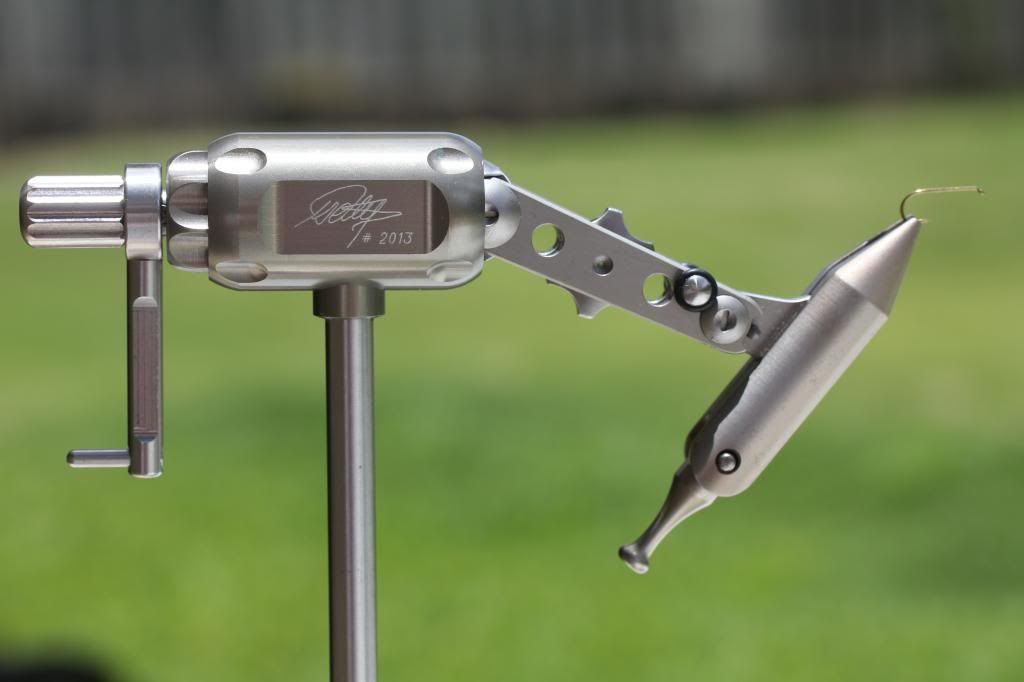
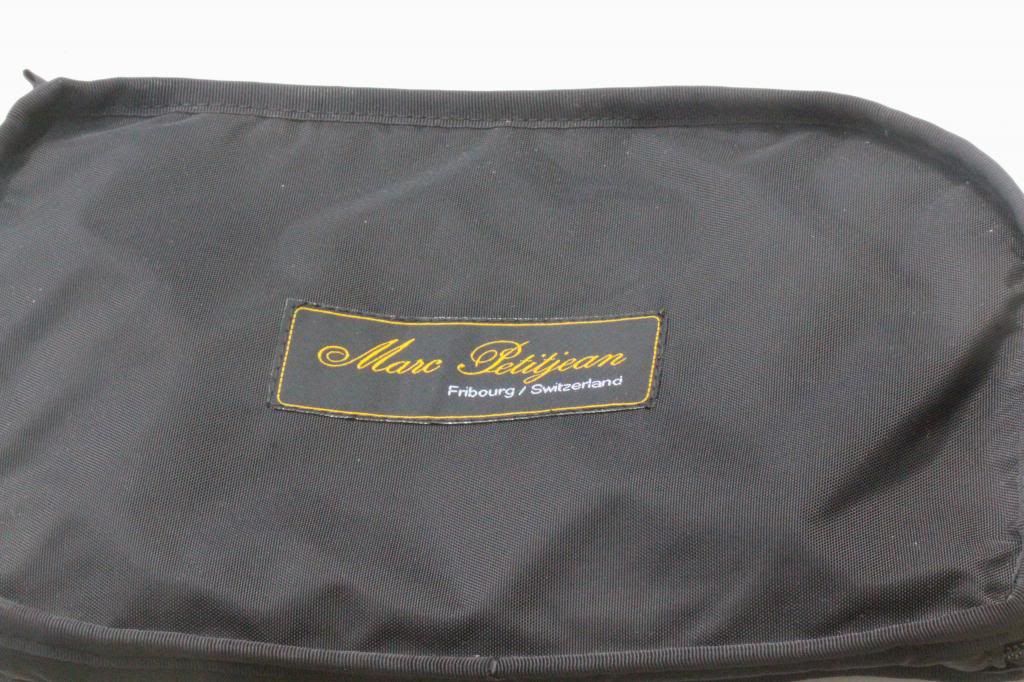


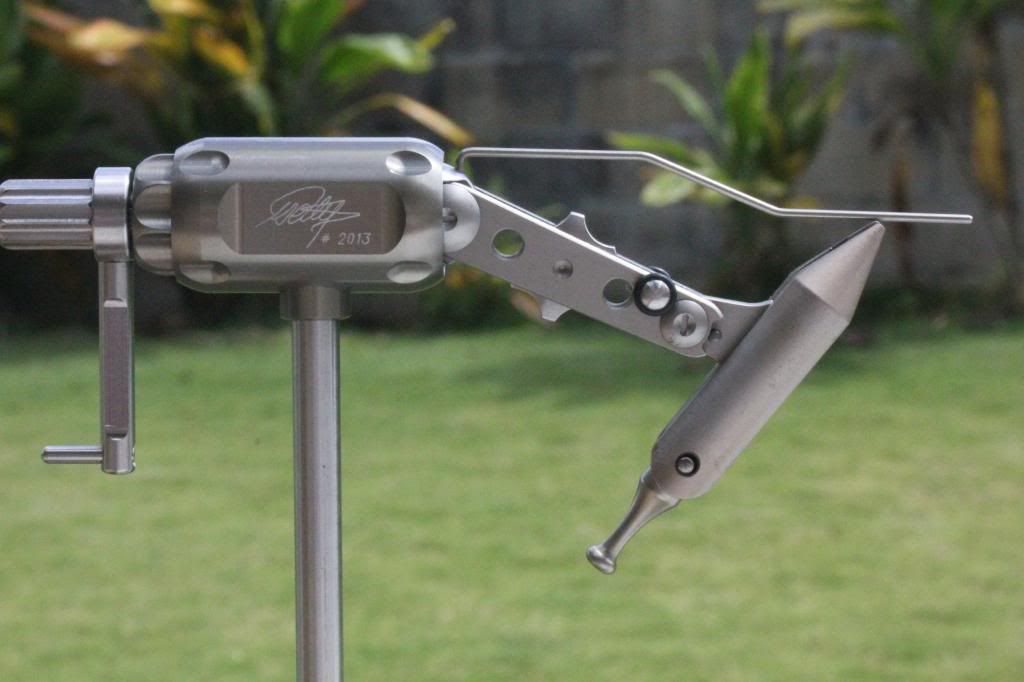
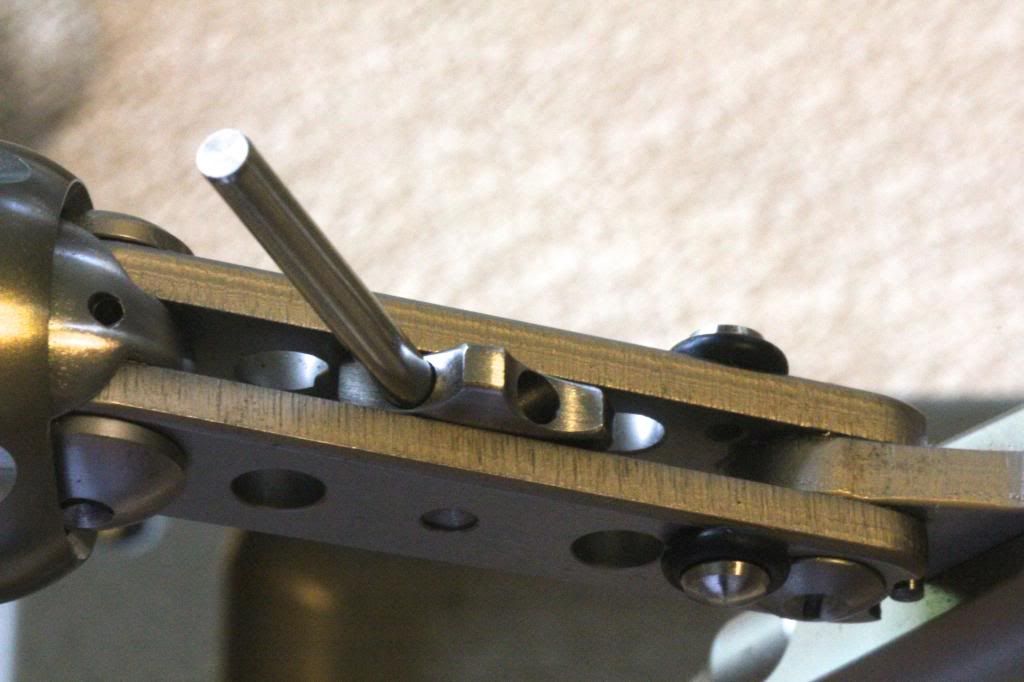
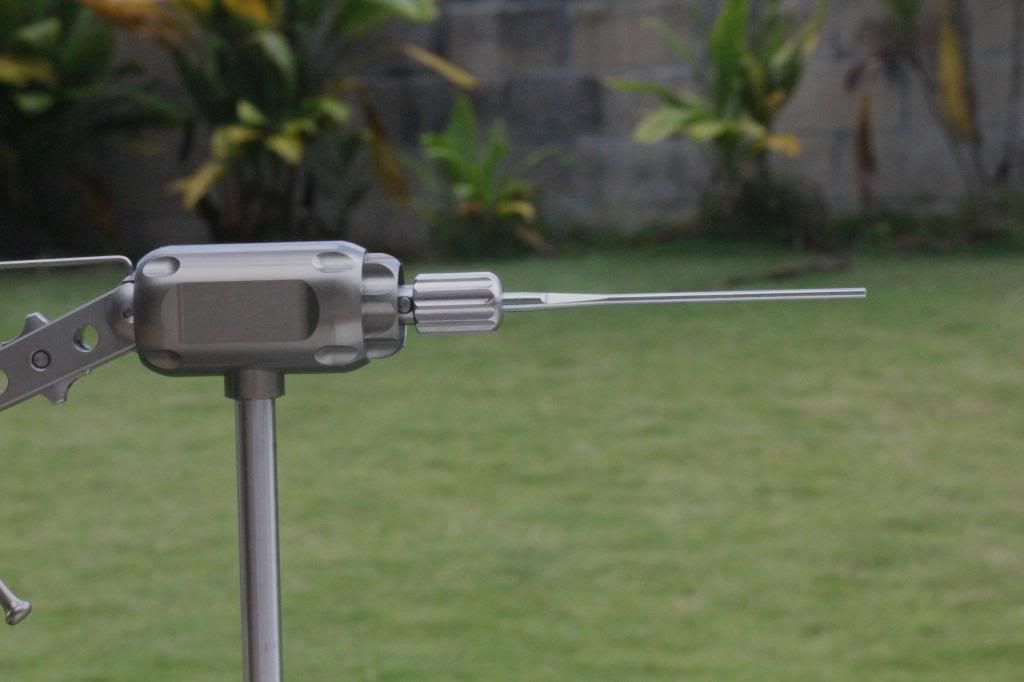
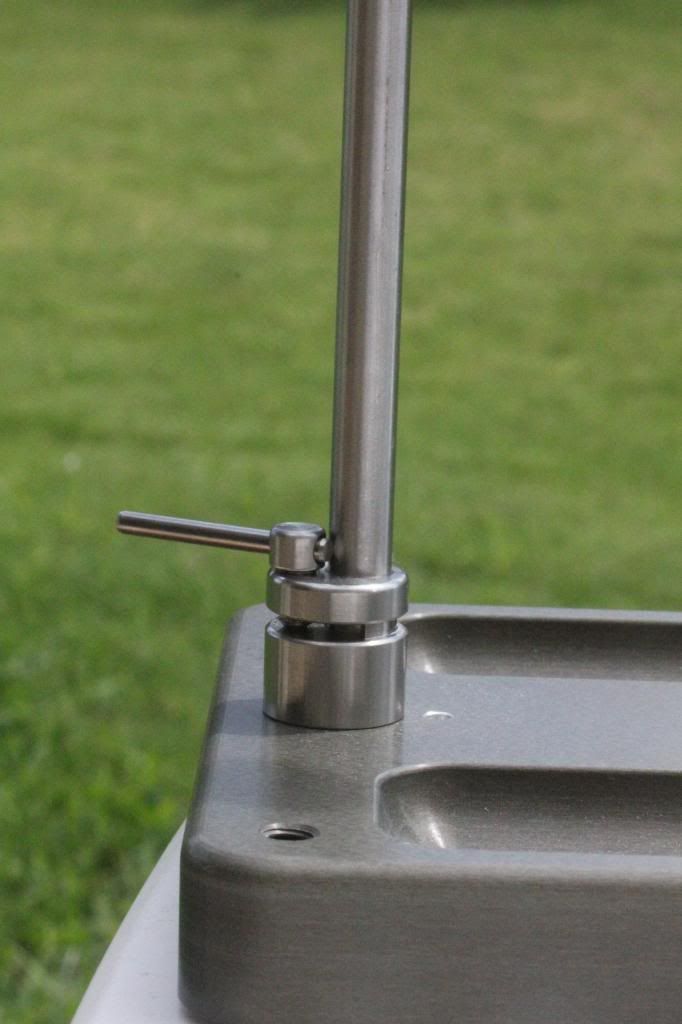
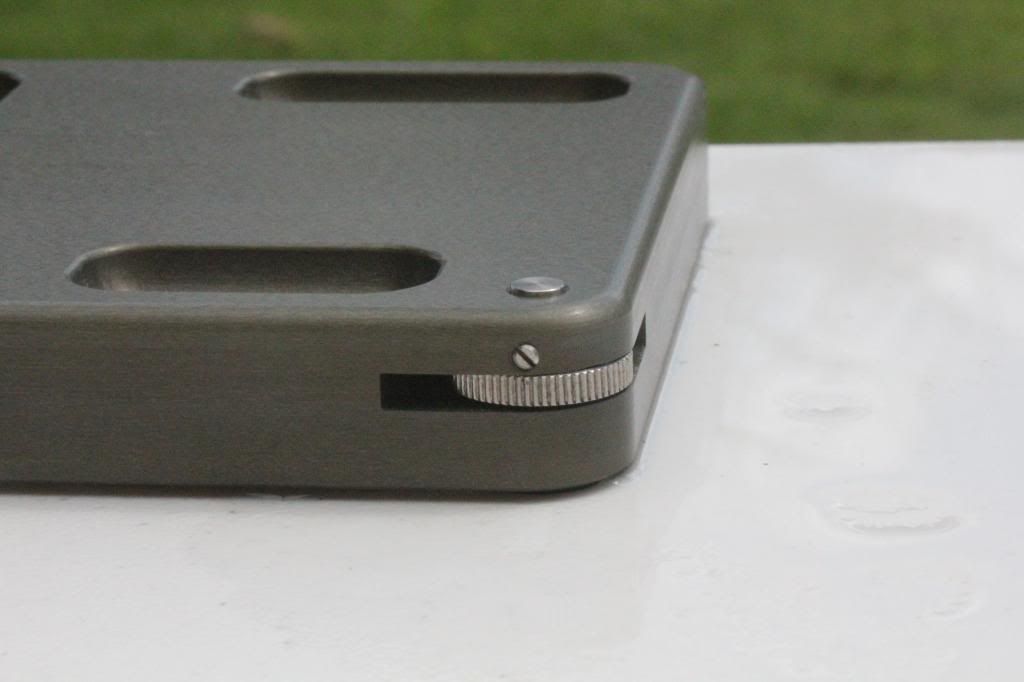
 Reply With Quote
Reply With Quote
